To the untrained eye, all green tea is the same, but it’s far from it. Japan produces some of the finest green teas in the world, and they differ significantly from Chinese green teas. There is a big, beautiful world of Japanese green teas to explore.
If you’re unsure where to start, I’ve compiled a comprehensive overview of the various types of Japanese green tea. However, it’s always the same with tea; the more you learn, the more you realize you don’t know. The “rabbit hole” goes deep.
But isn’t that what makes it all so fascinating? Let’s dive in.
All Japanese green teas are steamed during processing and classified as either sun-grown or shade-grown. Chinese green teas are roasted, resulting in a more pronounced nutty flavor compared to the vegetal flavors of Japanese green teas.
The four main categories of Japanese green tea
Sencha
Bancha
Gyokuro
Matcha
Japanese green teas adhere to high-quality standards through strict control over each process, despite the natural variables. The tea is crafted to fit an exacting flavor profile rich with L-theanine.
Sencha accounts for eighty percent of all Japanese green teas. Sencha and bancha are sun-grown, while gyokuro and matcha are shade-grown teas.
Japanese green teas are renowned for their meticulous manufacturing, modern production techniques, and artful blending, resulting in a distinct flavor profile. Unlike the artisan green teas of China, most Japanese green teas are machine-picked.
The Japanese are masters at making the complex appear simple. 'Shibui' is the art of simplicity masking complexity.
You can easily recognize a Japanese green tea by its distinguishing, thin, needle-shaped leaves and characteristic vivid green color.
Sun-grown Japanese green tea
Sencha
The most widely produced green tea in Japan is sencha. It’s characterized by its needle-shaped leaves, as pictured here. Sencha is a non-shade-grown, quintessential Japanese green tea that is produced throughout the year.
Sencha is the most popular tea in Japan and is much different than matcha. Sencha is a leaf tea plucked and processed throughout the first three harvest seasons of the year. The first and second flush sencha are considered the best, as they are sweeter and more robust in flavor than subsequent flushes.
The first flush, known as ichiban-cha or “number one tea,” typically occurs from April to mid-May. The second flush, niban-cha, pickings are in June, and the third is in July. If picked in the fourth harvest of the year, around autumn, it’s called Bancha or “last tea.”
Unlike China or India, the specific tea estate or region is not named in the selling of sencha. Almost always, sencha tea is blended with the signature touch of each artisan, creating a unique brand for the tea company or shop. No matter the grade, all sencha is high in vitamin C.
Bancha
Bancha is the fourth and last plucking of the harvest season. Bancha contains less flavor and less caffeine and is rarely exported. Bancha is sometimes roasted and used as the base for Genmaicha. Sencha is seldom used for Genmaicha.
Genmaicha originated with the peasants who added roasted brown rice to bancha tea leaves to extend the tea infusion. The roasted rice gives the genmaicha a rich, nutty flavor. It’s actually quite good.
Shade-grown Japanese green tea
The Japanese discovered that shading the tea shrubs 10-20 days before harvesting changes the chemistry of the leaf, producing a different kind of tea. Shading reduces tannins, which eliminate the astringent qualities in the leaf. The benefits of shading impart an intense vegetal sweetness to the tea. The shading also increases chlorophyll production in the leaves, resulting in higher levels of caffeine, sugars, and flavanols.
Another benefit of shading is that it reduces photosynthesis, which in turn increases the production of L-theanine, an amino acid found only in tea. L-theanine has a relaxing effect on the mind, balancing out the stimulant effects of caffeine. L-theanine provides a relaxed but alert and focused state of mind. Nature is ingenious.
Related:
Kabuse Cha
Kabuse cha is a shade-grown tea grown throughout Japan. It’s only shaded for about ten days and is considered a shade-grown sencha. Kabuse cha is picked early, usually the first couple of pickings.
The plant reacts to the shade and stops breaking down theanine. This shading enhances the tea’s richness in theanine, combining the freshness of sencha with the depth of gyokuro.
Gyokuro
Gyokuro is the highest quality and most treasured of Japanese shade-grown tea. The name Gyokuro means “jade dew,” referring to the pale green color of the infusion.
It’s shaded for about 20 days, making it rich in umami and theanine, which gives it a savory sweetness.
Gyokuro is usually a delicately sweet and full-bodied tea with a vegetal flavor and buttery mouthfeel when brewed properly.
Top grade gyokuro
Gyokuro is hand-picked and only harvested once a year. It’s the first flush and only the first flush. Then the bushes are cut down, and they wait until the following spring for the next harvest of the following year.
Very high-quality, hand-picked Gyokuro is Japan’s finest and one of the world’s most expensive teas. The tea bushes are shaded for the first three weeks of May, which provides an intense and complex taste. I’ve never had the opportunity to taste this grade of tea, but I would love to try it!
Tencha
Tencha is the precursor to matcha and is produced once a year, then stored under refrigeration until it is powdered into matcha.
Tencha leaf is a shade-grown tea specifically for matcha. It is deveined and ground in slow-turning stone mills, turning it into delicate tea powder.
Matcha
After removing the stems and veins, matcha is a powdered tea stone ground from the tea leaf. Matcha completely diffuses into the water, so you drink the entire leaf.
The tea shrubs are shaded for three weeks before harvesting, which increases chlorophyll and, in turn, enhances sweetness. There are two grades of matcha: ceremonial and cooking or culinary.
Other Japanese green tea
Houjicha
Roasted Bancha or Sencha and kukicha twig for a savory, nutty flavor.
Kukicha
Literally “Stalk Tea.” It consists of stems and stalks blended with Sencha or Gyokuro, providing a clean taste and light fragrance.
Pesticides in Japanese green tea
Japanese green teas are typically picked at low altitudes, which can make them susceptible to insect infestations. This is particularly true for teas harvested in the summer months when insects are most active.
However, with the first flush teas picked in April or May, the first harvest of the year, it’s not common to use pesticides since the insects are not yet active.
If you are concerned about pesticides, the best advice is to stick with first flush teas or organically grown tea, and you’ll be fine.
How to make Japanese green tea
When brewing green tea, people’s biggest mistake is brewing it too hot for too long. The result is a bitter and disappointing tea, even with the best quality tea.
Water Temperature: As a general guideline, most experts recommend relatively cool water at 158-167°F (70-75°C), with 1 heaping teaspoon (4-6 g) per 7–8 ounces (225-250 ml) of filtered water.
Steeping Time: This can be 30-45 seconds for the first, 45-60 seconds for the second, over a minute for the third, and then longer steeps.
It’s always best to experiment with brewing times and water temperatures to find the optimal settings for your specific needs. How to Brew Tea Perfectly Every Time provides more information on brewing tea. The brewing and drinking experience is where a fundamental understanding of tea is found.
Most Japanese tea is not made for export. It’s a real treat to find good-quality Japanese green tea. I hope this has provided you with a good overview of the various types of Japanese green tea.
References:
Heiss, M. L., & Heiss, R. J. (2007). The story of tea: A cultural history and drinking guide. Ten Speed Press.




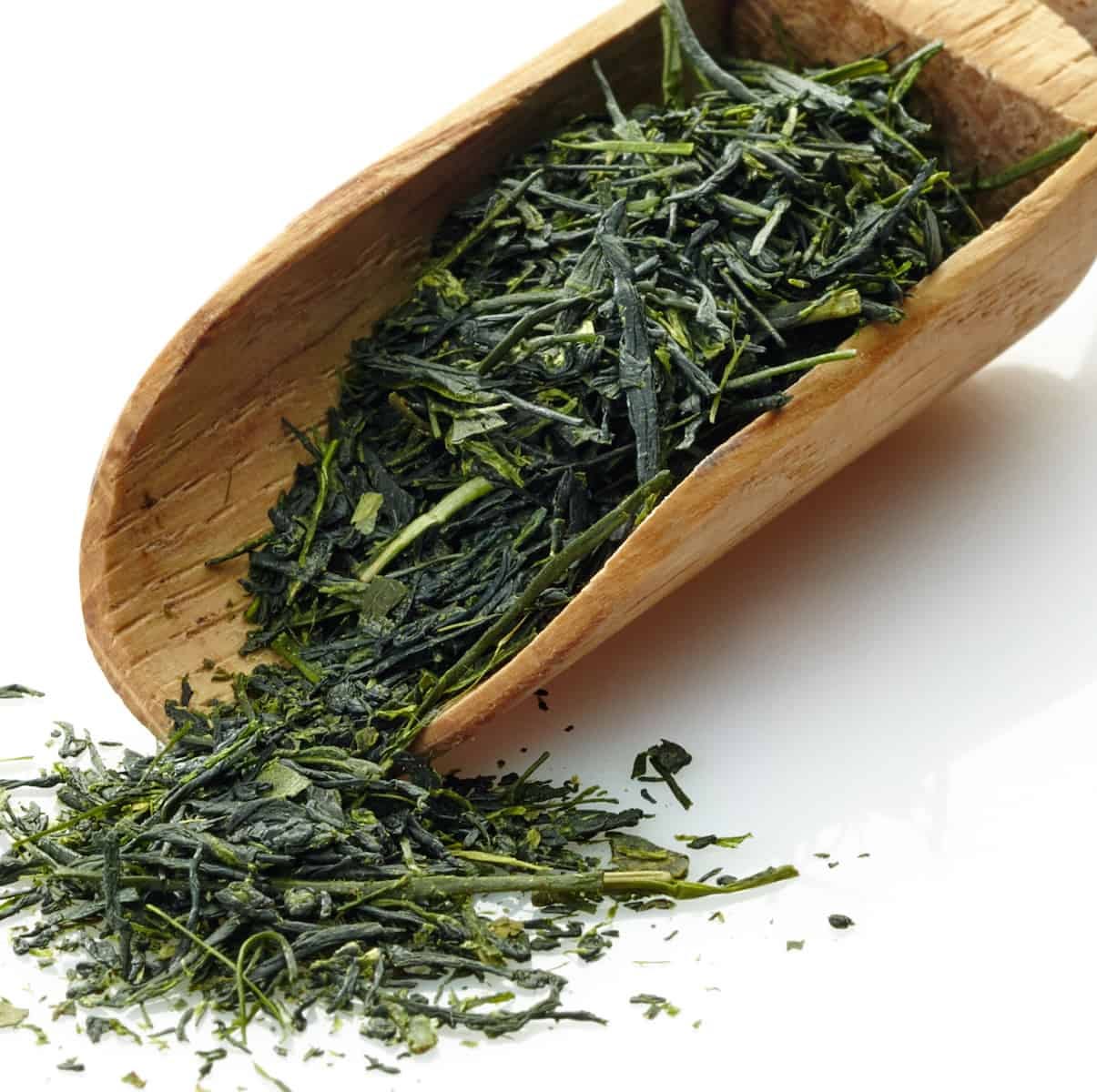
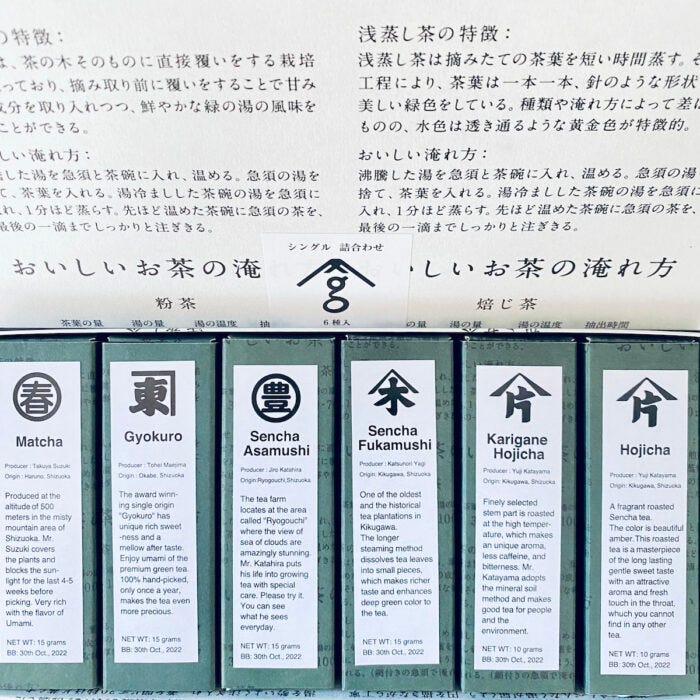
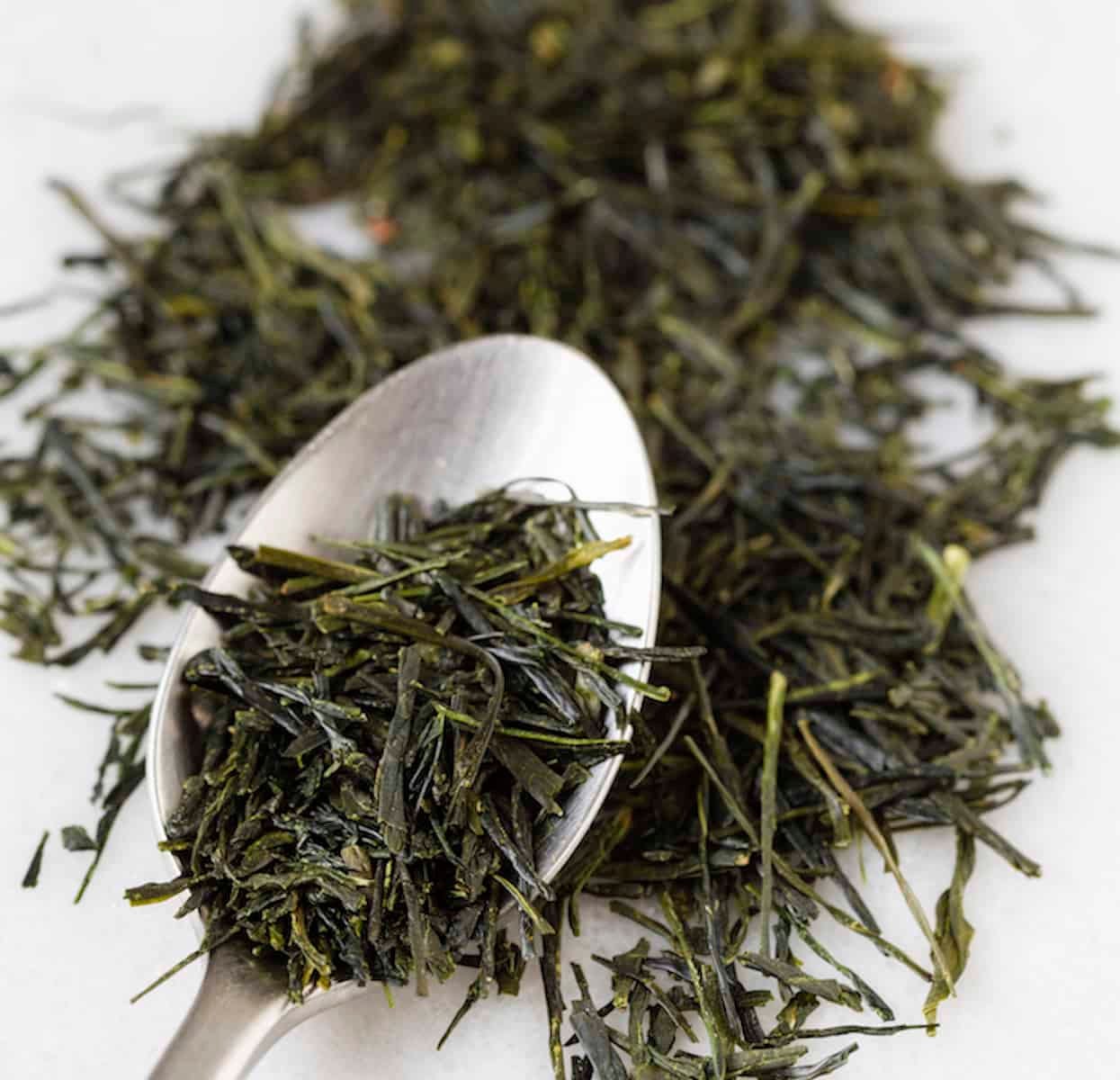
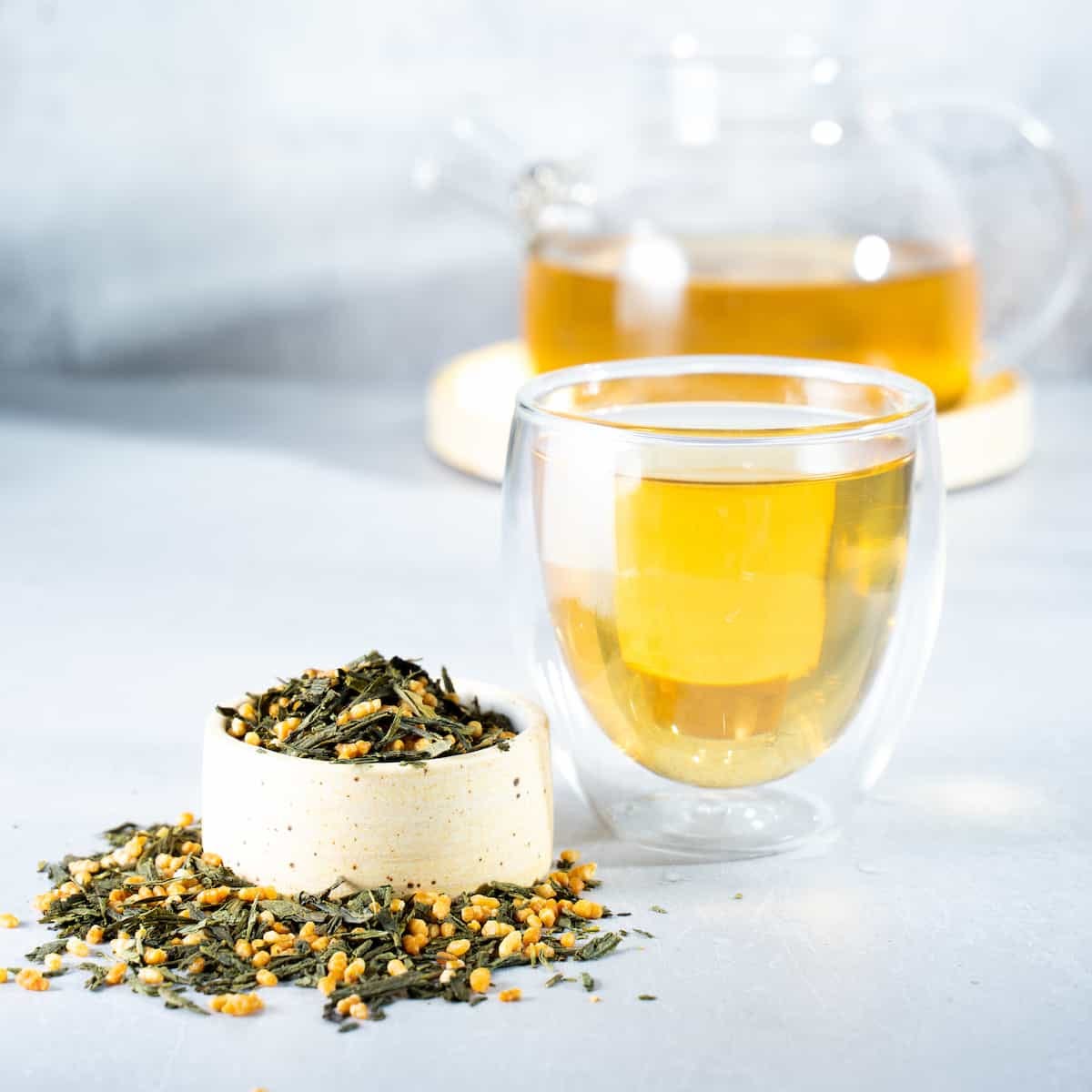

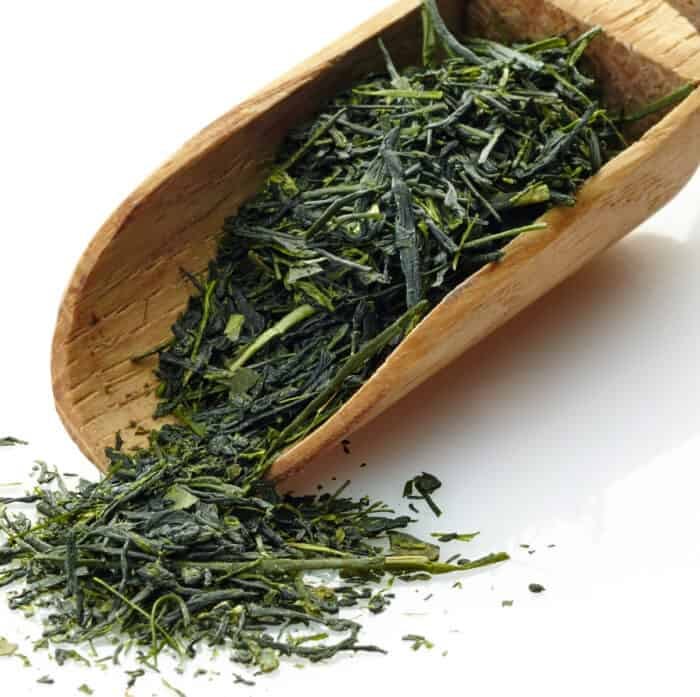
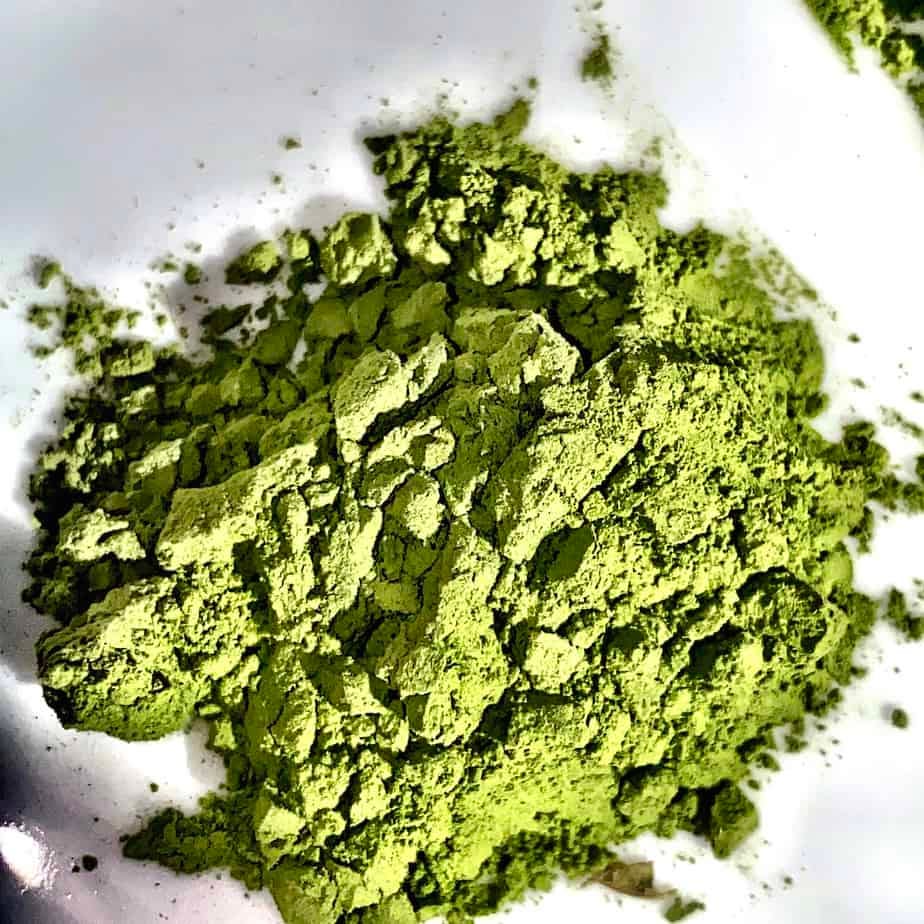
Very informative! Thank you for the great article.